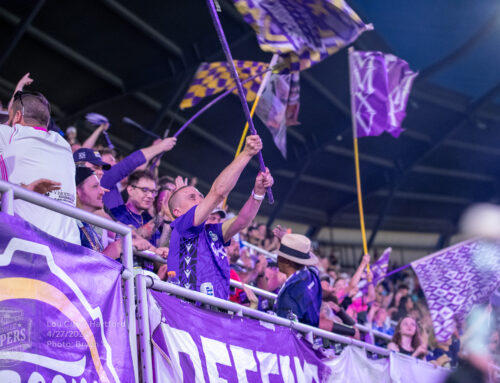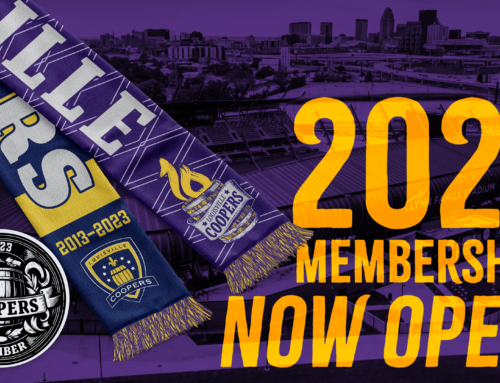by Taylor Sorrels (@taylorsorrels)
I’ll freely admit to being a huge MLS fan for lots of reasons you probably don’t care about. One of the biggest reasons, though, is that it’s the most successful professional platform soccer has ever seen in the U.S., and I believe that its continued existence, operation, and success means that American soccer continues to improve internationally and that the game finally becomes a part of the larger American sports consciousness. Of course, when it does, I’ll have to find my skinny jeans, lens-less glasses and Parliaments and remind you haughtily that I was a fan before MLS was cool, but that’s for another time.
One of the biggest threats to MLS’s recent string of successes would have been a work stoppage prior to one of its most anticipated seasons ever. MLS just added two new teams in Orlando City and NYCFC that paid expansion fees of about $190 million combined. Fox, Univision and ESPN just signed an eight year TV deal with the league (and Soccer United Marketing, another long story) for $600 million. The U.S. Men’s National Team is coming off a surprising World Cup performance. Lower division soccer is exploding. It would have been ludicrous for the league to ride this wave of optimism directly into a brick wall over a labor dispute.
While we can all breathe a sigh of relief that MLS and the MLS Players’ Union (MLSPU) reached a new collective bargaining agreement last night, there is apparently still some discord among the players over its terms. Prior to the start of the season, MLSPU reps planted their stakes, saying that they would strike if the league did not grant them free agency. The league, while mostly quiet going into negotiations, has at least a few owners adamantly against the idea in principle. Less discussed but still important was the fact that the league minimum salary was about $37,500, laughable when one considers designated players Jozy Altidore, Ricardo Kaka, Michael Bradley, Sebasitan Giovinco, and Clint Dempsey make $6 million per season or more. It appears, though that both of these concerns were addressed in the final agreement: players 28 years old or older with at least eight years of service in the league are permitted free agency, though a 15% cap on a wage increase applies to any such free agency contract. The league minimum salary was increased to $60,000. While the league wanted an 8 year deal, the players managed to whittle that down to five.
While more details may emerge giving more shrift to why the players were disappointed in the deal, it seems to me that they accomplished a great deal. Free agency, even in this limited form, is a chink in MLS’s “single entity” armor, and it is likely that the MLSPU will be able to do better in the next CBA. The league minimum salary went up 64%. I believe that the discord among the players may be that the salary cap only increased 15%, while there was some back end interest in trying to tie the cap figure to league revenue. However, the first time anyone outside of the MLSPU heard anything about that was Wednesday, hardly the time to start making that kind of push. Could the deal have been better? Absolutely. But breaking the free agency duck and getting a huge minimum salary raise is progress. More importantly, we have MLS to watch this weekend, and I’m pretty sure everyone’s excited about that.
WHICH REMINDS ME: COME WATCH MLS WITH US THIS WEEKEND!!! Some of us will be braving the elements to watch Louisville City FC play UofL at Lynn Stadium, and afterwards, we’re heading to Against the Grain to watch Orlando City SC’s first ever MLS match against NYCFC. Join us!





